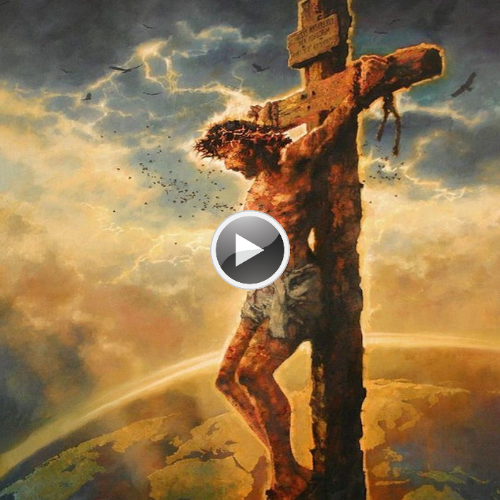The crucifixion of Jesus Christ is a pivotal event in Christianity, marking the sacrificial act that forms the core of the religion’s beliefs. While the Gospels provide key details about the events leading to Jesus’ death, determining the precise date of this significant historical event has remained an intriguing challenge for scholars and researchers. In this comprehensive exploration, we delve into the various theories, historical evidence, and astronomical calculations that seek to shed light on the elusive date of Jesus’ crucifixion.

We begin by setting the historical context of Jesus’ life and crucifixion, drawing from the accounts recorded in the Gospels of Matthew, Mark, Luke, and John. By examining the Passover festival and other religious events during that period, we gain insight into the potential timeframe of Jesus’ death.
The sky has played a significant role in shaping historical events, and the crucifixion of Jesus is no exception. We delve into astronomical theories that propose celestial events as possible markers for the date of the crucifixion. From eclipses to comets, these astronomical phenomena have been studied to pinpoint the momentous day in history.
Beyond the Gospels, we explore ancient writings and historical references from other cultures and civilizations that mention Jesus’ crucifixion. Jewish and Roman historical accounts, as well as writings from early Christian theologians, provide additional clues to corroborate the date of Jesus’ death.
One of the major debates among scholars is whether Jesus’ crucifixion took place according to the lunar or solar calendar. We examine the intricacies of both systems and how they relate to the events surrounding Jesus’ death, shedding light on the complexities of reconciling ancient calendars with modern dating methods.
The Passover festival has been closely linked to Jesus’ crucifixion, with many scholars believing that he was crucified during this sacred Jewish event. We explore the significance of Passover in the context of Jesus’ life and death, discussing the implications of this connection for determining the exact date.
In recent decades, advances in historical research and archaeological findings have contributed to the ongoing quest to determine the precise date of Jesus’ crucifixion. We review modern scholarship and the methodologies used to analyze ancient texts, artifacts, and evidence in the search for an accurate date.
As we explore the multitude of theories and historical evidence, it becomes evident that pinpointing the exact date of Jesus’ crucifixion remains elusive. We address the significance of embracing uncertainty while acknowledging the enduring spiritual impact of this profound event on Christian faith and belief.
The determination of the exact date of Jesus’ crucifixion continues to captivate scholars, theologians, and historians alike. While the quest for certainty persists, the significance of this pivotal event in shaping Christianity transcends any specific date. As we delve into the historical accounts, astronomical clues, and ongoing research, we recognize the complexity of unravelling this mystery. Ultimately, it is the spiritual significance and enduring impact of Jesus’ sacrifice that resonates across time, serving as a cornerstone of faith and belief for millions around the world.
